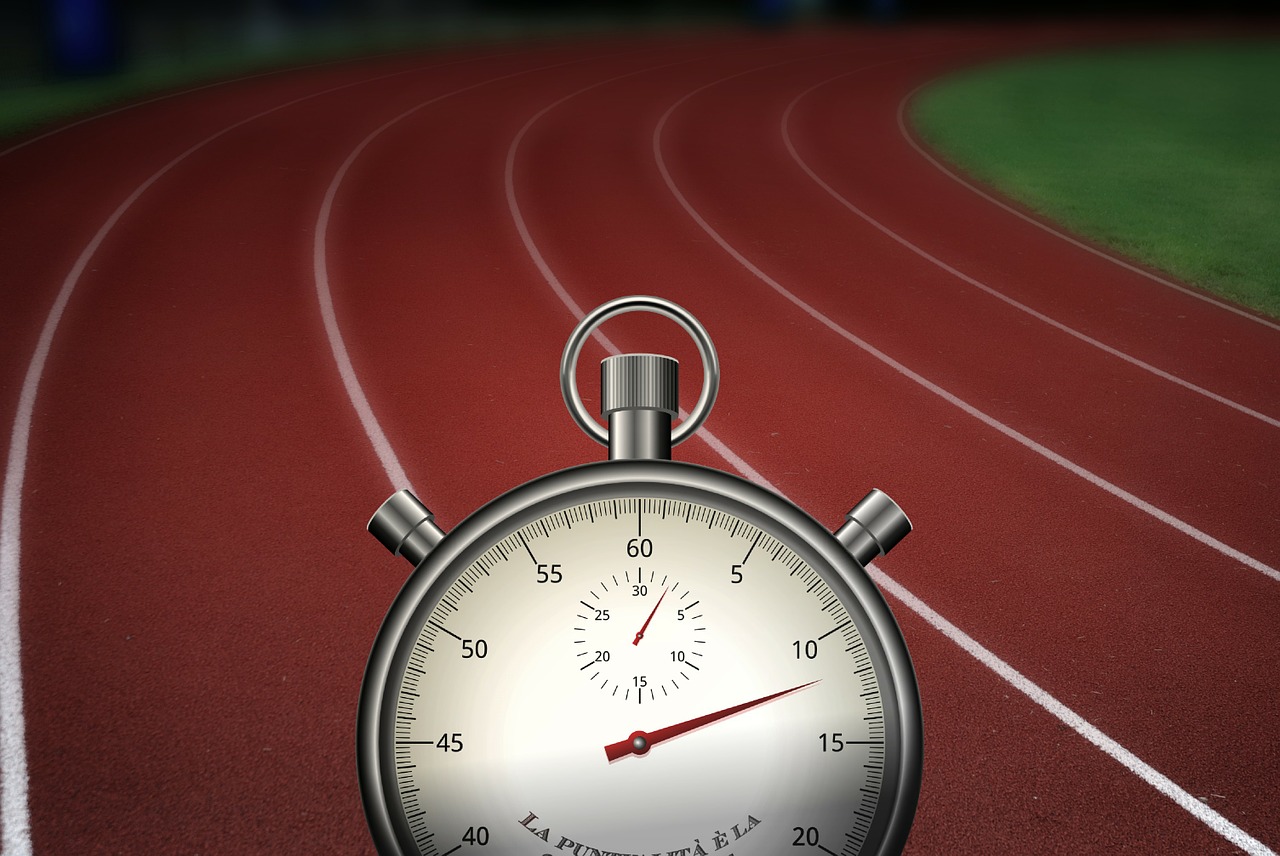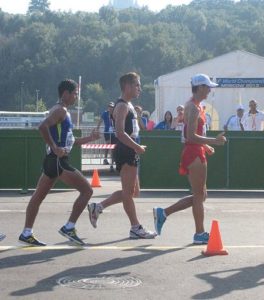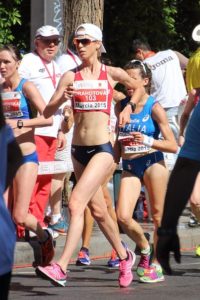
Race walking and running are two very popular Olympic sports with millions of practitioners around the world. In fact, we walk fast and run every day, even when we are not competing with other people. One would dare say that these two activities are a natural part of human existence and that both sports were necessary in order for humans to evolve.
However, when we look at these two activities as official sports, we cannot help but notice the differences that are clearly visible in the rules. In other words, we need to ask ourselves this — when does race walking become running and vice versa? What are the limits set by the regulatory bodies of these two sports that make them so different?
It’s All in the Knees
Admit it — professional race walkers are a bit funny to watch. If you aren’t accustomed to watching the sport, their movement is probably going to make you smile as their hips and legs move funny. This is, however, an inseparable part of this sport.

You see, when we walk, we don’t really bend our legs that much as when we’re running. When they run, runners’ feet are bent so much that they can touch their behind. However, the rules of race walking strictly forbid that. In other words, the legs must remain straight when race walkers engage in a race.
Have you ever tried race walking? It’s very difficult not to turn it into running, especially if you jog every now and then.
Fitness Benefits Are Similar
However, there are many things that make the two activities similar. For example, many people who race walk are likely to lose a lot of calories — up to 800 in an hour. Recreational race walkers usually walk six miles per hour, and professionals can go even faster. The number of calories you spend race walking is twice as much as you spend just walking. However, this is much less than running that usually consumes up to 1000 calories per hour.
Race Walking Is Easier

Race walking is a compromise that you can make if you don’t feel your body is prepared for running. In other words, if you have been inactive for a very long time, running for an hour is not a smart move to make. In fact, you need an alternative, and race walking is the best one.
You see, runners not only consume more energy but also increase the possibility of getting injured. Those who just started running are especially prone to injuries, so it’s best that you learn more about race walking and start at a slower pace.
Once you feel confident enough, you can switch to running. However, if you want to get better at race walking, make sure to keep your legs straight. This may seem like a piece of advice that makes no sense — of course, you can make a distinction between walking and running. However, once you try race walking, it would be very difficult to resist the urge to start running.
